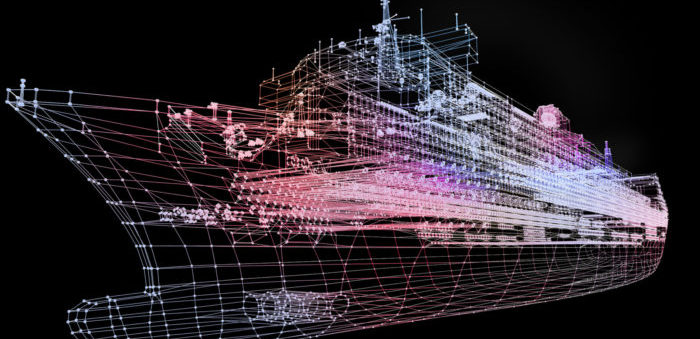In an effort to fully understand the benefit of digitising the bills of lading, the Digital Container Shipping Association (DCSA) carried out a financial modelling exercise. The exercise aimed to quantify the potential cost savings for switching from paper BL to eBL.
The research found that the total cost of processing paper bills is almost three times that of eBLs. At a global economic growth rate of 2.4% through 2030, as forecasted by the OECD, DCSA estimates that the industry can potentially save more than $4 billion per year if 50% eBL adoption is achieved.
IATA introduced e-Air Waybills (e-AWB) for airfreight in 2010. At present, the adoption of e-AWB is over 68%. If we start on standardising eBL now, we have reason to believe a 50% adoption rate is feasible by 2030
DCSA mentions.
Despite the lack of a standardised approach to digitalisation, some carriers and solution providers are moving forward with proprietary eBL initiatives, but at a limited scale.
However, André Simha, Global Chief Digital & Innovation Officer for MSC and DCSA Chairman pointed out that:
The COVID-19 situation is bringing the core strengths of a standardised eBL to the fore. Cargo in ports cannot be gated out because of paper that is stuck elsewhere due to airfreight delays caused by the pandemic
Advancing eBL adoption
Three major factors drive adoption, and the obstacles in these areas that have slowed the industry down are either on track to be resolved or have a path to resolution.
1. Robust technology
Achieving acceptance of electronic documentation for something as critical as the bill of lading requires maintaining the integrity and uniqueness of the document as it makes its way along the supply chain.
However, new technologies such as distributed ledger technology (DLT), peer-to-peer and Blockchain offer potential solutions for eliminating the risk of a single catastrophic failure or attack that would compromise the integrity and uniqueness of an eBL.
2. Acceptance by government authorities, banks and insurers
Concerns over legal enforceability have also been a barrier to widespread adoption of the eBL. Not every government has provisions for an electronic form. Many of them require paper, and the lack of industry-standard language and definitions have made it impossible for them to “rubber stamp” an electronic replacement.
But progress is also being made in this area and accelerated as a result of the COVID-19 crisis. In addition, the International Group of P&I Clubs (IGP&I), which provides indemnity insurance to around 90% of the world’s ocean-going tonnage, have picked up the pace on approving eBL solution providers, with two added in the last six months to a total of six approved so far.
3. Open collaboration
For any robust technology, such as blockchain or digital ledger, to safely deliver an eBL from end-to-end, data model and transmission standards need to be in place.
Digital standards will enable interoperability between all stakeholders, such as system providers, shippers, carriers, banks and regulators. Different parties can be involved in a transaction as long as they have implemented the standards. Once a standard eBL is available, it will also be easier for regulators, banks and insurers to accept the eBL as a viable alternative to a paper BL.
During May, DCSA will embark on an initiative to enable the open collaboration necessary for achieving full eBL adoption. As part of this initiative, DCSA will develop open-source standards for necessary legal terms and conditions, as well as definitions and terminology to facilitate communication among customers, container carriers, regulators, financial institutions and other industry stakeholders.






























































